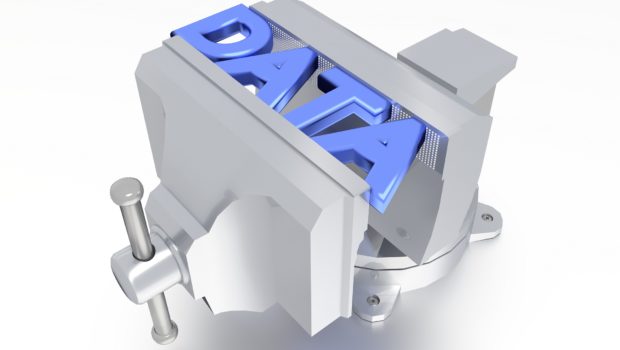James Knicely, Vertica Field Chief Technologist
December 13, 2018


Confirming if a Data Load was Apportioned: Quick Tip
James Knicely, Vertica Field Chief Technologist
December 13, 2018

Sort Data from Within a View: Quick Tip
James Knicely, Vertica Field Chief Technologist
December 11, 2018

James Knicely, Vertica Field Chief Technologist
December 11, 2018

Restarting a Downed Node: Quick Tip
James Knicely, Vertica Field Chief Technologist
December 6, 2018

Handling Expression Errors in COPY Statements: Quick Tip
James Knicely, Vertica Field Chief Technologist
December 4, 2018

Encode Projection Columns with Zstandard Compression: Quick Tip
James Knicely, Vertica Field Chief Technologist
December 3, 2018

Calculate the Catalog Size in Memory on Each Node: Quick Tip
James Knicely, Vertica Field Chief Technologist
November 28, 2018

James Knicely, Vertica Field Chief Technologist
November 28, 2018

Create a User Defined SQL Function to Calculate Fibonacci Numbers: Quick Tip
James Knicely, Vertica Field Chief Technologist
November 26, 2018

Insert Spaces Into a Character String: Quick Tip
James Knicely, Vertica Field Chief Technologist
November 20, 2018

Find the Version of Vertica that Created a Database: Quick Tip
James Knicely, Vertica Field Chief Technologist
November 19, 2018


